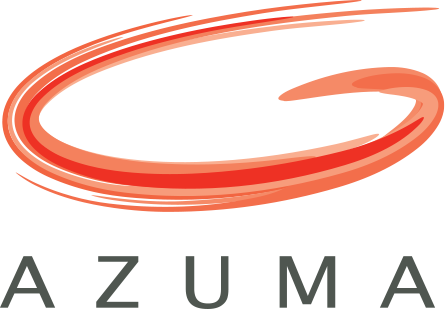Testing Services
Mechanical Performance: Components
Mechanical performance
evaluation of components for
building envelopes, framing and
interior lining
Button coin cell batteries safety
Cyclonic Debris
Roof & Wall Cladding
Security Doors
Windows & Doors
Mechanical Performance: Supports
Mechanical performance evaluation of ladders, racks, scaffolds and supports
Metal & Plastic Ladders
Scaffold Planks
Temporary Barriers
Temporary Fences
Timber Ladders
Insulated Glass Unit
Insulated Glass Unit (IGU)
Evaluation of Argon Concentration
Evaluation
Evaluation of access protection products
ASTM E2649 | Evaluation of Argon Concentration | Non-NATA | IGU
This standard method is as outlined:
- This test method covers procedures for using a spark emission spectroscope to determine the concentration of argon gas in the space between the lites of a sealed insulating glass unit.
- This is a non-destructive test method.
- This test method shall be used only in a controlled laboratory environment.
- This test method is applicable for insulating glass units where argon has been added to the sealed insulating glass cavity and the balance of the gas is atmospheric air.
- This test method is applicable for clear, double-glazed insulating glass units.
- This test method is applicable for double-glazed insulating glass units with one lite having a metallic coating or tinted glass, or both, and with clear glass as the other lite.
- This test method is applicable for triple-glazed insulating glass units only when the center lite of glass has a metallic coating (either low emissivity (low E) or reflective) and both of the other lites are clear glass.
- This test method also includes a procedure for verifying the accuracy of the readings of the test apparatus.
- The values stated in SI units are to be regarded as standard. The values given in parentheses after SI units are provided for information only and are not considered standard.
- This standard does not purport to address all of the safety concerns, if any, associated with its use. It is the responsibility of the user of this standard to establish appropriate safety, health, and environmental practices and determine the applicability of regulatory limitations prior to use. For specific warning statements, refer to Section 7 on Hazards.
- This international standard was developed in accordance with internationally recognized principles on standardization established in the Decision on Principles for the Development of International Standards, Guides and Recommendations issued by the World Trade Organization Technical Barriers to Trade (TBT) Committee.”
